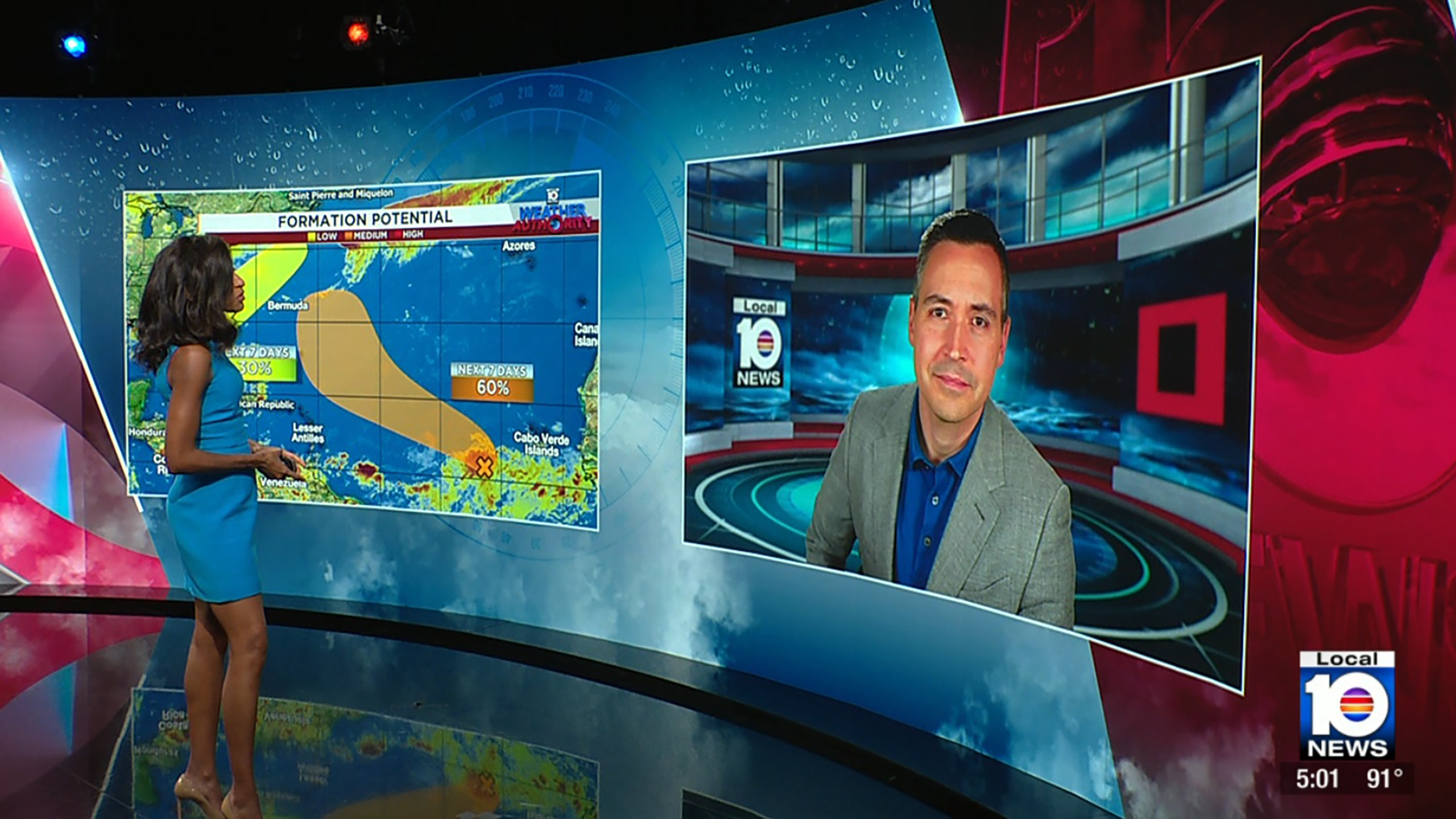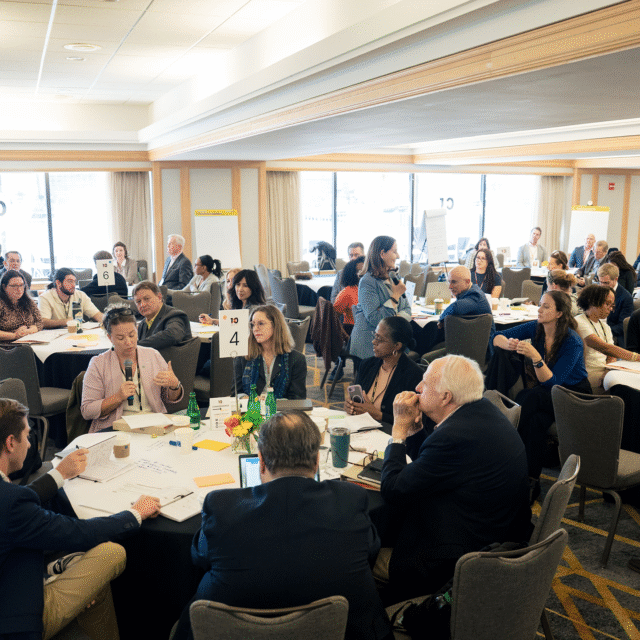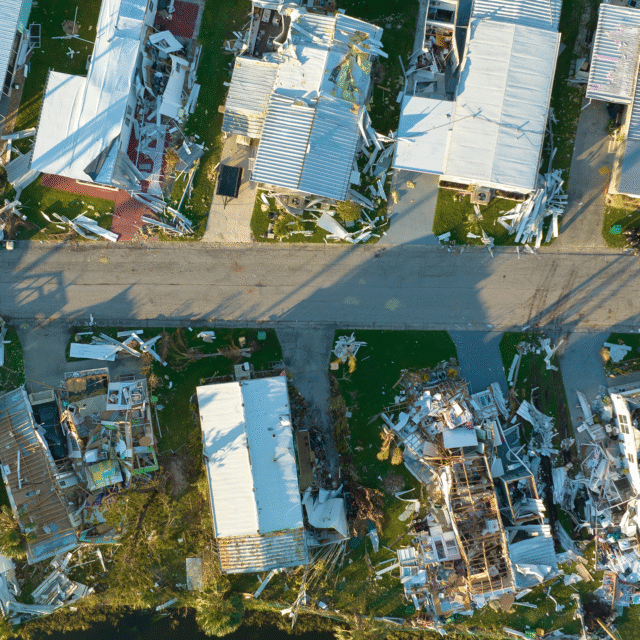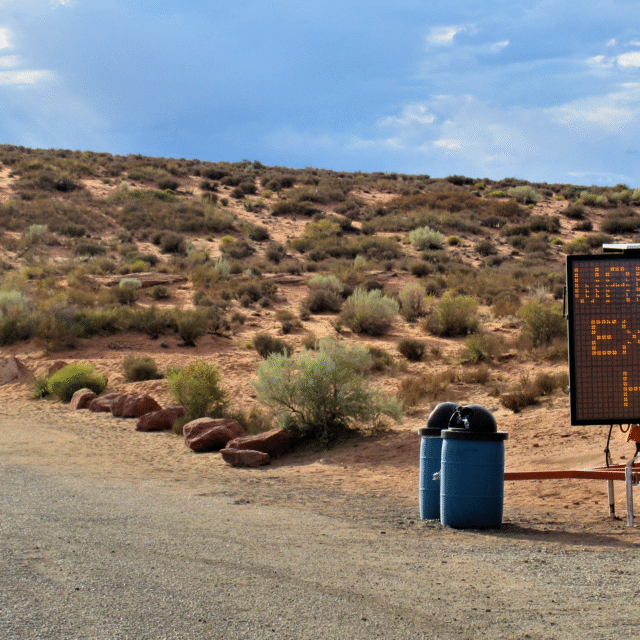Every day—especially here in Phoenix … we’re breaking heat record after heat record. You’d end up talking about climate all the time, because why are we doing 70, 110-degree days? Why are lows not dropping out of the 90s? You just couldn’t escape it. So, I think there’s now a comfort in local meteorologists being able to address these topics on air.
Amber Sullins, Chief Meteorologist at ABC15 Arizona
The administration’s priority is not climate research and climate change. They’ve made that clear and that’s their prerogative … And by cutting and reducing funding into climate-related programs, they’re also hitting a lot of critical weather programs.
Michael Lowry, Hurricane Specialist and Storm Surge Expert at WPLG Local 10
Local broadcast meteorologists have become more vocal about the evidence of climate change in their communities’ weather, in recent years. While some have encountered dramatic pushback, others have found audiences that are eager to understand the causes of recent record-breaking disturbances in familiar weather patterns.
In Phoenix meteorologist Amber Sullins—formerly a climate skeptic, herself—uses her role to inform an increasingly concerned audience about not only the risks but the climate change factors contributing to the unprecedented extreme heat they experience. And far to the other end of the Ten Across region in Miami, Michael Lowry is putting his background in meteorology and emergency management to work on multiple platforms, explaining both the immediate dangers and the greater, complex drivers of worsening tropical storms.
But even as more meteorologists like Amber and Michael embrace their unique ability to use the immediacy of local weather to connect the public to the larger context of climate change, there is growing concern about loss of critical federal weather and climate data on which their forecasts are based. Severe cuts are being made at federal agencies—particularly within the National Oceanic and Atmospheric Administration, which oversees the sources of nearly all U.S. weather information. A proposed budget change for 2026 would reduce resources even further.
Listen in as Amber, Michael, and Ten Across founder Duke Reiter discuss these changes and the implications for both forecast accuracy and public safety as the climate continues to warm.
Relevant links and resources:
Read Michael’s column in the New York Times
2017 Bloomberg video report on Amber’s climate coverage
“After deep DOGE cuts, National Weather Service gets OK to fill up to 450 jobs” (The LA Times, August 2025)
“US Weather Boss During ‘Sharpiegate’ Nears Return to a Shrinking Agency” (Bloomberg, August 2025)
“After 7 Decades of Measurements From a Peak in Hawaii, Trump’s Budget Would End Them” (The New York Times, July 2025)
“Nearly half of National Weather Service offices are crticially understaffed, experts warn” (PBS News, April 2025)
“Woking Paper: The Value of Improving Hurricane Forecasts” (The National Bureau of Economic Research, 2024)
“One sent tsunami alerts. Another flew with ‘hurricane hunters.’ Both were just fired from NOAA” (NBC News, April 2025)
Relevant Ten Across Conversations podcast episodes:
Past, Present, and Future Climate Reporting with NPR’s Sadie Babits
AI Series: AI-Powered Extreme Weather Modeling is on the Horizon
NOAA Meteorologists Reflect on This Year’s Historic Atlantic Hurricane Season
Credits:
Host: Duke Reiter
Producer and editor: Taylor Griffith
Music by: Jakob Ahlbom and Helmut Schenker
News clip played in the introduction courtesy of ABC15 Arizona and Amber Sullins
Headline image courtesy of WPLG Local 10 and Michael Lowry
Research and support provided by: Kate Carefoot, Rae Ulrich, and Sabine Butler
Guest Speakers
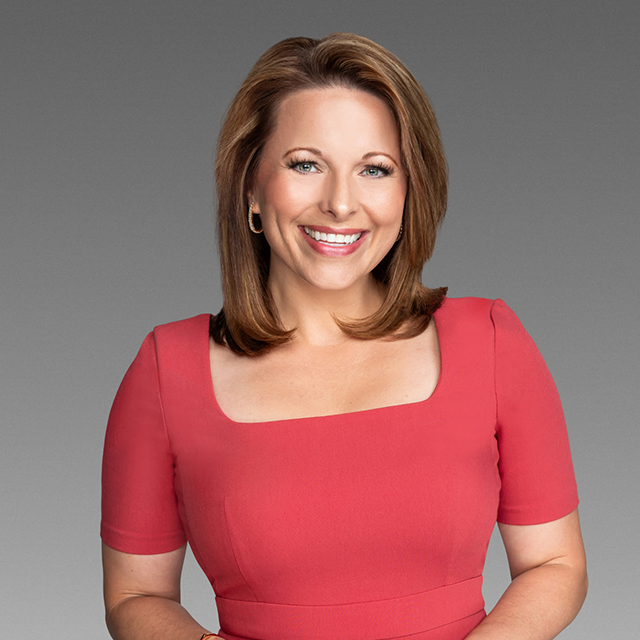
Amber Sullins is chief meteorologist at ABC15 Arizona and anchors the nightly forecast. She is also vice chairman of the University of Arizona Hydrology and Atmospheric Science Board, a six-time Emmy-winner, and guest anchor on Good Morning America. Amber began her career as a broadcast meteorologist with KVIA-TV in El Paso.

Michael Lowry is the hurricane specialist and storm surge expert for WPLG-TV in Miami, Florida. He previously held roles at the National Hurricane Center as a senior scientist leading the development of groundbreaking new storm surge forecasts and warnings, and at the Federal Emergency Management Agency as disaster planning chief responsible for overhauling the master hurricane response plan after the deadly 2017 season. You can follow his in-depth forecasts and coverage on the “Eye on the Tropics” Substack.
